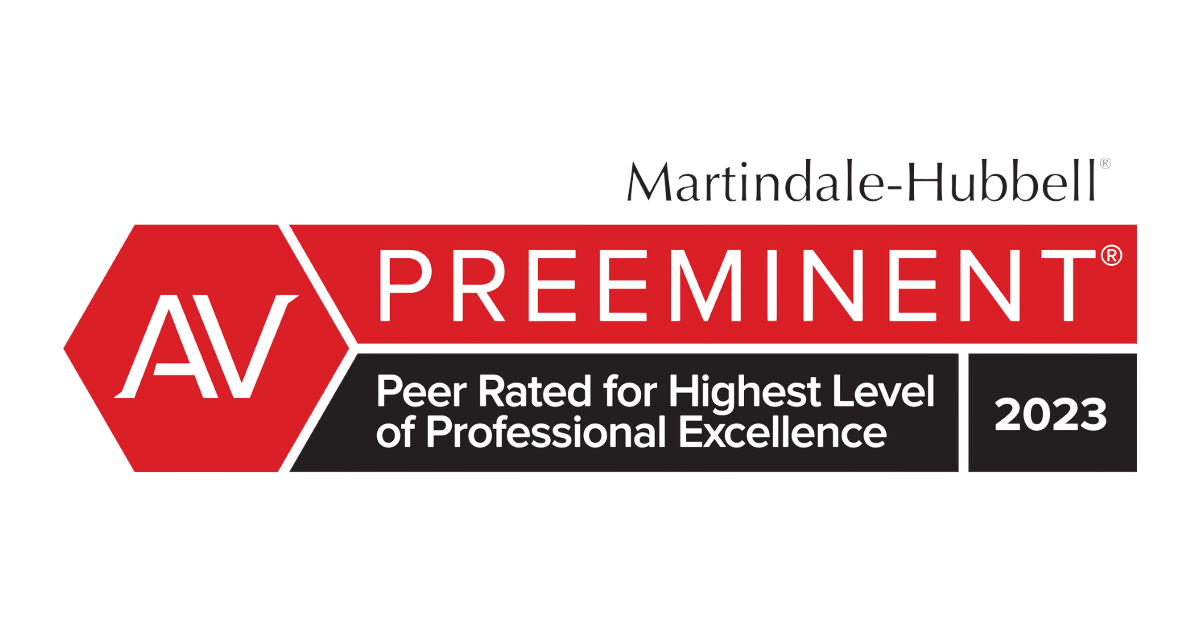Hundreds of years ago, asbestos was considered by many to be a gift from nature. It was a naturally occurring material that could insulate products and prevent heat transfer both to adjacent materials as well as human handlers. Starting in the mid-1800s, the material was widely used in industrial compounds and mixtures with products ranging from the consumer market, to building materials, to vehicle parts. Unfortunately, in the early 1900s, it was determined that inhalation of asbestos fibers could lead to lung disease and cancer such as asbestosis and mesothelioma.
While asbestos is not used in new motor vehicle assemblies since 1988, the material can still be found in many replacement parts as well as the original components in use in many older vehicles. Career professional automotive technicians as well as shade-tree do it yourself mechanics are at risk for handling potentially dangerous materials every time they decide to work on a late-model vehicle our purchase replacement parts.
Due to the heat-resistant properties of asbestos, it was a popular material in numerous automotive parts, including:
- Brakes
- Clutches
- Heat seals
- Gaskets
- Hood liners
- Body construction
- Engine components
- Insulation
When asbestos dust from any activity is released into the air, it becomes deadly upon inhalation. Auto parts, such as brake pads, wear when in use or can be arced or sanded when new, leading to the release of easily breathable fibers. It is critical that individuals act quickly to discuss their unique situation with a skilled personal injury attorney who can provide the answers and legal guidance they need.
To learn how our mesothelioma attorneys for automobile mechanics can help you, contact Brayton Purcell LLP. We represent clients across the U.S. from our offices in the San Francisco, California, area and three other locations.










